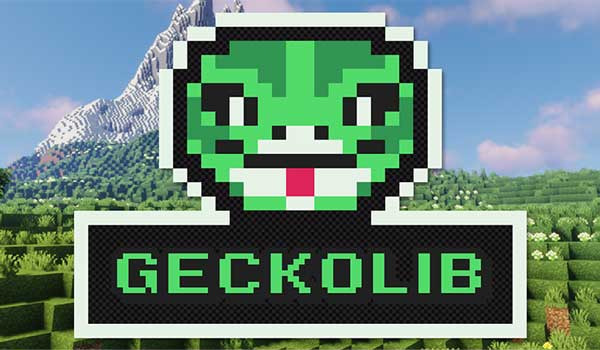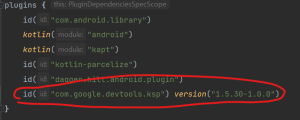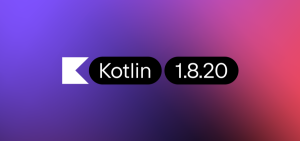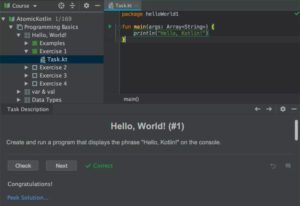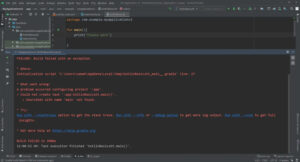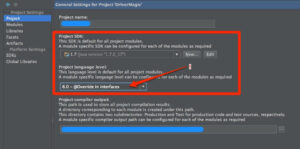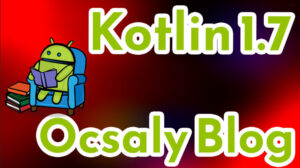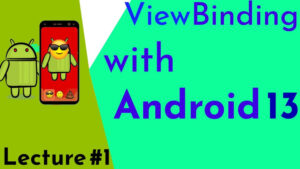Kotlin is a modern programming language that has been gaining popularity among developers for its concise and expressive syntax, powerful features, and compatibility with the Java Virtual Machine (JVM). One of the areas where Kotlin is particularly useful is in developing game engines, and one of the most popular game engine libraries for Kotlin is Geckolib3.
In this blog post, we will explore what Kotlin is, what Geckolib3 is, and how they work together to provide a powerful framework for game development.
What is Kotlin?
Kotlin is a statically typed, cross-platform programming language that was developed by JetBrains, the company behind the popular IntelliJ IDEA Integrated Development Environment (IDE). Kotlin is designed to be more expressive and concise than Java, while still maintaining full compatibility with the JVM and existing Java codebases.
Kotlin provides a number of powerful language features that make it a great choice for game development. For example, Kotlin has built-in support for coroutines, which allows for easy and efficient concurrency in game engines. Kotlin also provides powerful extension functions, which can be used to add new functionality to existing classes without the need for inheritance or modification of the original code.
What is Geckolib3?
Geckolib3 is a game engine library for Kotlin that provides a number of powerful features for building 3D game engines. Geckolib3 is built on top of the LibGDX game engine library, which provides low-level access to OpenGL and other game engine functionality.
Geckolib3 provides a number of high-level abstractions that make it easy to build complex 3D game worlds. For example, Geckolib3 provides a Scene graph system, which allows for easy organization and management of game objects. Geckolib3 also provides a powerful animation system, which allows for easy creation and management of complex animations for game objects.
How do Kotlin and Geckolib3 work together?
Kotlin and Geckolib3 work together seamlessly to provide a powerful game development framework. Kotlin provides a modern, expressive language that makes it easy to write efficient and maintainable game code. Geckolib3 builds on top of Kotlin to provide a powerful set of abstractions that make it easy to build complex 3D game worlds.
One of the key benefits of using Kotlin and Geckolib3 together is the ability to leverage Kotlin’s powerful language features to write efficient and concise game code. For example, Kotlin’s extension functions can be used to add new functionality to Geckolib3’s game objects, making it easy to add new behaviors and features to existing game objects.
Another benefit of using Kotlin and Geckolib3 together is the ability to leverage Kotlin’s coroutines to write concurrent game code. Kotlin’s coroutines make it easy to write efficient, non-blocking game code, which can be especially useful when dealing with complex game logic or large game worlds.
Overall, Kotlin and Geckolib3 provide a powerful game development framework that makes it easy to build complex, high-performance 3D game engines. By leveraging Kotlin’s powerful language features and Geckolib3’s high-level abstractions, developers can build sophisticated games quickly and efficiently.
Geckolib3 is a game engine library for Kotlin that is built on top of the popular LibGDX game engine library. It provides a powerful set of abstractions and tools for building complex 3D game worlds, including a scene graph system, an animation system, and support for physics engines.
One of the key features of Geckolib3 is its scene graph system. This system allows developers to easily organize and manage game objects within a 3D world. Objects can be added to the scene graph, moved around, and animated, making it easy to create complex 3D game worlds with multiple interacting objects.
Another important feature of Geckolib3 is its animation system. This system allows developers to create complex animations for game objects using a simple, intuitive interface. Animations can be created using keyframe interpolation, and can be triggered automatically or manually in response to game events.
In addition to its scene graph and animation systems, Geckolib3 also provides support for physics engines. This allows developers to create realistic physics simulations within their game worlds, including gravity, collisions, and other physical interactions.
Geckolib3 also includes support for shaders, which allow developers to create advanced visual effects within their game worlds. Shaders can be used to create effects like shadows, reflections, and lighting effects, adding an extra layer of realism to 3D game worlds.
Overall, Geckolib3 is a powerful and flexible game engine library for Kotlin that provides a rich set of tools and abstractions for building complex 3D game worlds. Its intuitive scene graph and animation systems, support for physics engines and shaders, and compatibility with the Kotlin language make it an excellent choice for game developers looking to build sophisticated, high-performance games.
Benefits:
- Geckolib3 provides a powerful set of abstractions and tools for building complex 3D game worlds.
- It is built on top of the popular LibGDX game engine library, which provides low-level access to OpenGL and other game engine functionality.
- Geckolib3 includes a scene graph system, animation system, support for physics engines, and shaders, making it a versatile game engine library for 3D game development.
- Geckolib3 is written in Kotlin, a modern and expressive programming language that is compatible with the JVM and existing Java codebases.
- Its intuitive APIs and documentation make it easy to learn and use, even for developers new to game development.
How Geckolib3 is Built:
- Geckolib3 is built on top of the LibGDX game engine library, which provides low-level access to OpenGL and other game engine functionality.
- It is written in Kotlin, a modern and expressive programming language that is compatible with the JVM and existing Java codebases.
- Geckolib3 includes a number of high-level abstractions, including a scene graph system, animation system, support for physics engines, and shaders, which make it easy to build complex 3D game worlds.
Advantages:
- Geckolib3 provides a modern and powerful game engine library for Kotlin developers.
- Its intuitive APIs and documentation make it easy to learn and use, even for developers new to game development.
- Geckolib3’s scene graph system and animation system make it easy to create complex 3D game worlds with multiple interacting objects and animations.
- Its support for physics engines allows developers to create realistic physics simulations within their game worlds.
- Geckolib3’s compatibility with the Kotlin language allows developers to leverage Kotlin’s powerful language features to write efficient and concise game code.
Disadvantages:
- Geckolib3 is built on top of the LibGDX game engine library, which can be complex and difficult to learn for developers new to game development.
- As with any game engine library, there may be a learning curve for developers new to Geckolib3’s APIs and systems.
- Geckolib3 may not be the best choice for developers who prefer to work with a different programming language or game engine library.
Other Information:
- Geckolib3 is an open-source project, with its source code available on GitHub.
- It is actively maintained by a team of developers and contributors, with regular updates and bug fixes.
- Geckolib3 has a growing community of users and developers, with forums and Discord channels available for support and discussion.
- It is a versatile game engine library that can be used to build a wide range of 3D games, from simple mobile games to complex PC and console games.

